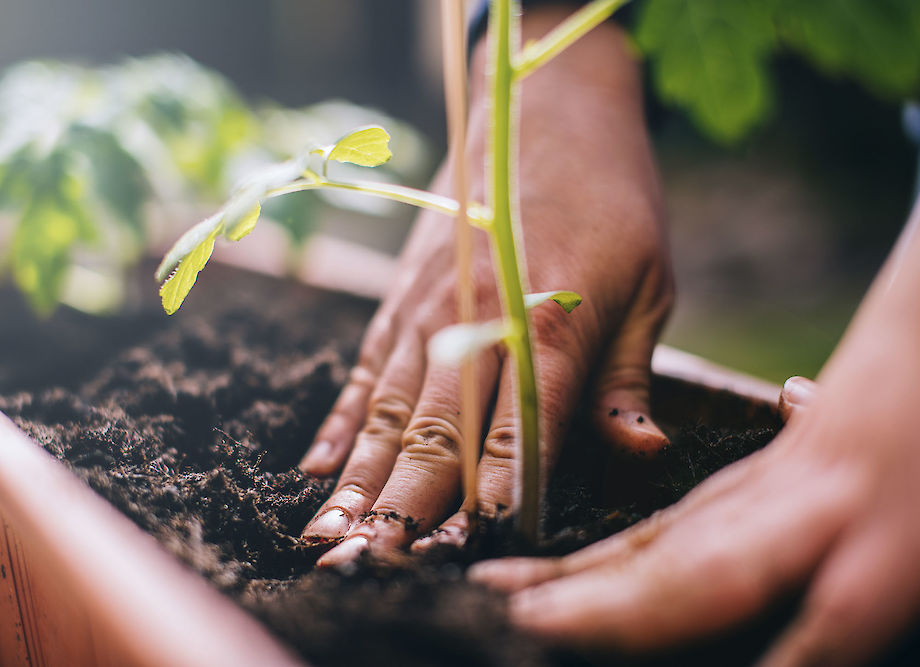YOGI TEA®’s Six Tips for a Green Teatime
We’re not naïve: fixing the climate crisis requires change that goes beyond what any single person can do. But we still believe that individuals can be a force for good, and together we’re even stronger: at YOGI TEA® we are working to reduce our environmental footprint too.
Whether you’re hoping to be part of a movement for change or just trying to do the right thing, our sustainability professionals have collaborated to make the definitive list of steps to make every cup of tea as sustainable as possible:
1. Only boil the water you need
When we audited the sources of our carbon emissions the lion’s share came from an unlikely source: heating water. Every time a cup of tea is made, people heat water to brew it. It turns out that boiling enough water to make millions of cups of tea every year requires a lot of energy! Next time you’re brewing a cup of tea, try to only heat what you need for that cup. Heating excess water uses extra energy and every bit of saved energy helps!
2. Skip the milk, or get a dairy alternative
The sudden explosion of plant-based milks is fueled by the fact that dairy production generates a lot of methane, which is a potent greenhouse gas. But certain teas do benefit from the enrichment and sweetening that milk provides. The good news is that you can get the same effect with less global warming by switching to a non-dairy alternative. There are lots of options, and the question of which is “most sustainable” can be a bit complicated. But give yourself credit if you’re using any of them: all the main ones – rice, oat, soy, and almond – are better choices than traditional dairy when it comes to carbon emissions, water, and land use .
3. Compost used tea leaves
When food waste ends up in a landfill it decomposes, producing harmful greenhouse gases as it breaks down. But, if you keep food waste out of the trash and compost it instead, you get rich fertilizer instead of methane. Take advantage of municipal composting options in your local area, or you can do it yourself – there are lots of easy-to-follow home composting guides online.

4. Recycle the box
Our tea boxes are completely recyclable – but they can’t recycle themselves. That’s where you come in! Remember: as soon as a piece of packaging ends up in a landfill, it’s there to stay!
5. Reuse your mug
Having a reusable water bottle is a better choice than single-use plastic bottles, and tea mugs can be seen in the same way: rather than putting them into the dishwasher after each use, keep the same mug going for a couple uses. A quick rinse to wash out any residual tea should be sufficient to enjoy a fresh cup without using all the energy, soap, and water a trip through the dishwasher requires.
6. Be mindful of how you wash your dishes
If you’re anything like us, you’re often wondering which way of doing things is most sustainable. And even after a considerable amount of research, deciding between washing dishes by machine or by hand is still a bit complex! Our advice is simply to be mindful – whatever option you choose. If you’re handwashing, don’t leave the water running while you scrub. If you’re using a dishwasher, only run it when it’s full, and try to avoid pre-rinsing and heat sanitizing if you can.
Now it’s your turn to enjoy an even greener cup of tea
If you haven’t been including any of the tips above in your daily routines yet, why not start today? You can start small by just implementing one or two steps and then go on from there.
No matter how many of them you’re already following, our sustainability tips make your daily cup of your favorite YOGI TEA® blend even more enjoyable – for yourself and the environment.
Want to become even more sustainable? Here are 7 everyday life hacks within everyone’s reach.



